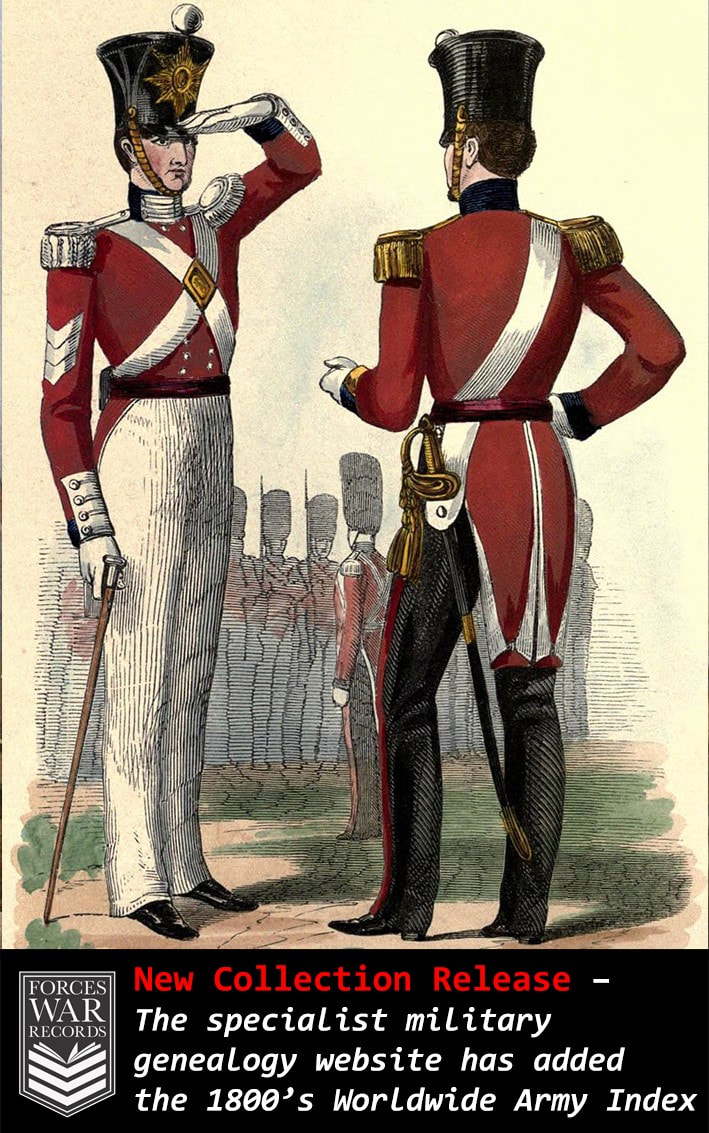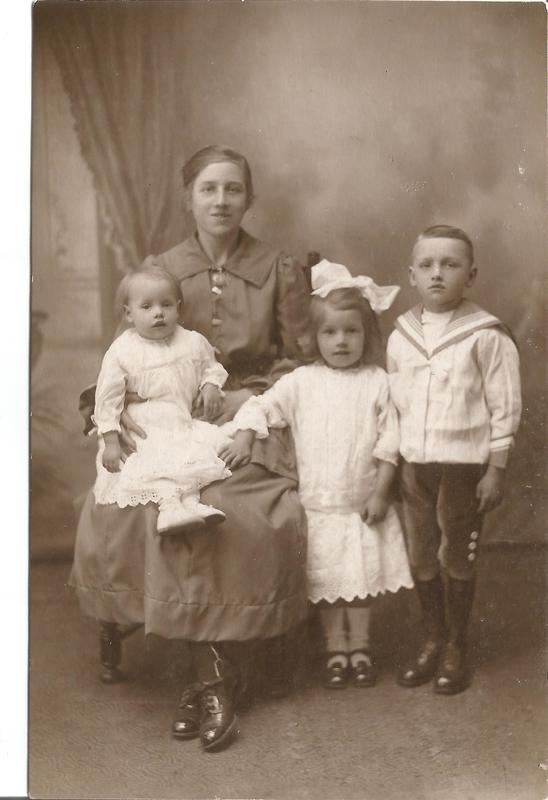Records listing British soldiers in 1851 and 1861 are now available on Forces War Records.
Whilst census returns have revealed many long-lost souls there was still the matter of many thousands of British (English, Scottish, Welsh & Irish) subjects who remained unaccounted for. Some of them would have been merchant mariners or Royal Navy subjects away on the highs seas or folk who simply upped and emigrated. A great number were army personnel.
- The 1851 Worldwide Army Index lists all officers and other ranks subjects serving in the January-March quarter of 1851 together with their regimental HQ location. The index is effectively a military surrogate for the 1851 census taken on 30th March 1851. Also included are recruits, boy soldiers, bandsmen and civilians working in the armed forces as clerks, pension recruiters and suchlike. Colonial regiments which invariably had numbers of British subjects are also included. The index consists of over 243,000 lines indicating army number, rank, first and last names, regiment and regimental HQ location. This index does not contain the names of commissioned officers as in 1861 their names were excluded from the Paylists. Officers might nevertheless be identified in the 1861 edition of the published Army Lists.
- The 1861 Worldwide Army Index lists all other ranks subjects serving in the April-June Quarter of 1861 together with their regimental HQ location. The index is effectively a military surrogate for the 1861 census taken on 7th April 1861. The index consists of almost 250,000 records. Other ranks are indicated by army number, rank, first and last names, regiment and HQ location. The index is augmented by an additional 11000 lines of notes indicating detachments, attachments, units recruits will likely join and so on.
Many thousands of men of the British Army were serving overseas in far flung parts of the British Empire over many decades of the 1800s. Many of those serving in 1851 could well have been born as early as 1810 whilst others who joined in the census year might well have continued their service as late as 1872, exceptionally 1877.
If a male subject cannot easily be found in the 1851 census then he may not be where expected; or in Ireland (where there is no 1861 census equivalent); serving in the navy or abroad. There is a high probability that he was serving in the army.
The 1871 Worldwide Army Indexes are also included in Forces War Records collection. Please consult the relevant index introductions prior to searching.
Records in these collections are likely to include the following:
- First name
- Surname
- Army Number
- Rank
- Regiment or Corps
- Battalion or Company
- Intended unit for recruits
- Regiment location
- National Archives Reference
Do you know enough about your ancestors and their military past?
Why not log on to Forces War Records and search our vast collection of records to find out more – there could be a war hero in your family just waiting to be discovered, and remembered…
SEARCH - https://www.forces-war-records.co.uk/


 RSS Feed
RSS Feed
